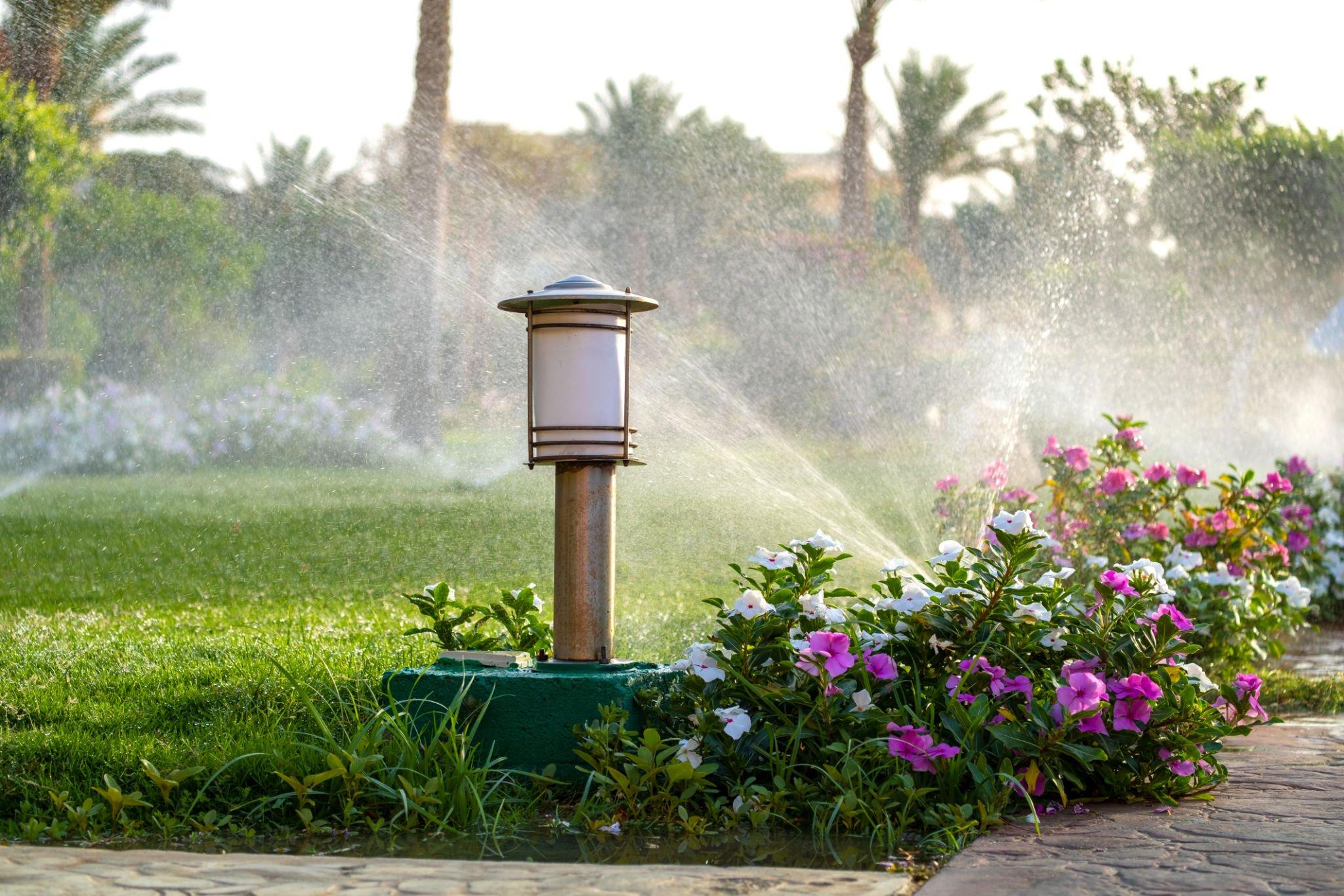Achieving optimal coverage is crucial for an efficient and effective sprinkler system. Properly optimizing your sprinkler system ensures that every inch of your lawn receives the right amount of water, promoting healthy growth and minimizing water waste. In this guide, we’ll explore valuable tips and techniques to help you optimize the coverage of your sprinkler system, allowing you to enjoy a vibrant and well-maintained lawn. Whether you’re dealing with dry patches, overspray, or inadequate water distribution, we have the insights you need to enhance the performance of your sprinkler system and maximize the beauty of your landscape.
Sprinkler System Coverage Optimization
Having a well-functioning sprinkler system is essential for maintaining a lush and healthy lawn. However, even the most advanced sprinkler system can fall short if it doesn’t provide adequate coverage. Properly optimizing the coverage of your sprinkler system is the key to ensuring that every part of your lawn receives the right amount of water, resulting in even growth and a vibrant landscape. In this comprehensive guide, we will explore various strategies, techniques, and tips to help you optimize the coverage of your sprinkler system and achieve the best results for your lawn.

Assessing Your Current Coverage:
The first step in optimizing sprinkler system coverage is to assess the existing performance. Walk around your lawn and observe areas that receive too much or too little water. Take note of dry patches, overspray, or areas where the water doesn’t reach. This assessment will help you identify the specific issues that need to be addressed.
Adjusting Sprinkler Heads:
Properly adjusting the sprinkler heads is crucial for achieving optimal coverage. Make sure the heads are aligned correctly and adjust the spray pattern to cover the intended area. Ensure that the heads are not blocked by vegetation or other obstructions, as this can lead to uneven water distribution.
Customizing Zone Settings:
Different areas of your lawn may have different water requirements. Customize the zone settings on your sprinkler system controller to accommodate the specific needs of each area. Zones with plants that require more water should have longer watering durations, while areas with less water-demanding vegetation can be set for shorter durations.
Using the Right Sprinkler Heads:
Choosing the right sprinkler heads is essential for achieving efficient coverage. Consider factors such as water pressure, area size, and desired spray pattern when selecting sprinkler heads. Rotating heads are ideal for larger areas, while fixed spray heads work well for smaller, precise areas. Installing matched precipitation rate nozzles ensures uniform water distribution across the entire lawn.
Addressing Water Pressure Issues:
Inadequate water pressure can result in poor coverage. If you notice low water pressure, check for any leaks or blockages in the system. Consult a professional if necessary to assess and improve the water pressure in your sprinkler system.
Planning for Sloped Areas:
If your lawn has slopes, special considerations are needed to optimize coverage. Sloped areas can experience water runoff, leading to inadequate watering. Install check valves or pressure-regulating devices to control water flow and prevent wastage on sloped sections. Additionally, consider using drip irrigation or soaker hoses for efficient water delivery on slopes.
Mulching and Soil Preparation:
Proper soil preparation and mulching play a significant role in optimizing sprinkler system coverage. Ensure the soil is adequately prepared, aerated, and properly graded to allow water to penetrate evenly. Apply a layer of organic mulch to retain moisture, reduce evaporation, and enhance water absorption.
Regular Maintenance and Inspections:
Regular maintenance and inspections are vital for the long-term performance of your sprinkler system. Periodically check for leaks, clogged nozzles, or damaged components. Clean or replace filters, and ensure proper alignment and functioning of the sprinkler heads. Schedule professional maintenance if needed to keep your system in top shape.
FAQs
How can I optimize the coverage of my sprinkler system?
To optimize the coverage of your sprinkler system, start by assessing your current coverage and identifying areas that need improvement. Adjust the sprinkler heads to ensure proper alignment and spray pattern. Customize zone settings based on water requirements, choose the right sprinkler heads, address water pressure issues, and consider special considerations for sloped areas.
What are the benefits of optimizing sprinkler system coverage?
Optimizing sprinkler system coverage ensures that every part of your lawn receives the right amount of water, leading to even growth and a healthy landscape. It helps prevent dry patches and overspray, maximizing water efficiency and minimizing waste. By achieving proper coverage, you’ll have a vibrant, well-maintained lawn that enhances the curb appeal of your property.
How often should I assess and adjust my sprinkler system coverage?
It’s recommended to assess and adjust your sprinkler system coverage at least once a year. However, you may need to do it more frequently if you notice any issues with coverage or changes in your landscape. Regular maintenance and inspections will help ensure that your sprinkler system continues to provide optimal coverage for your lawn.
Final Thought
Optimizing the coverage of your sprinkler system is crucial for maintaining a healthy and beautiful lawn. By following the strategies and techniques outlined in this guide, you can ensure that every inch of your lawn receives the right amount of water, resulting in even growth, vibrant foliage, and minimized water waste. Take the time to assess and adjust your sprinkler system, customize settings, and address any issues to maximize the effectiveness of your irrigation system. With proper coverage optimization, you’ll enjoy a lush, thriving landscape that enhances the beauty of your outdoor space for years to come.
